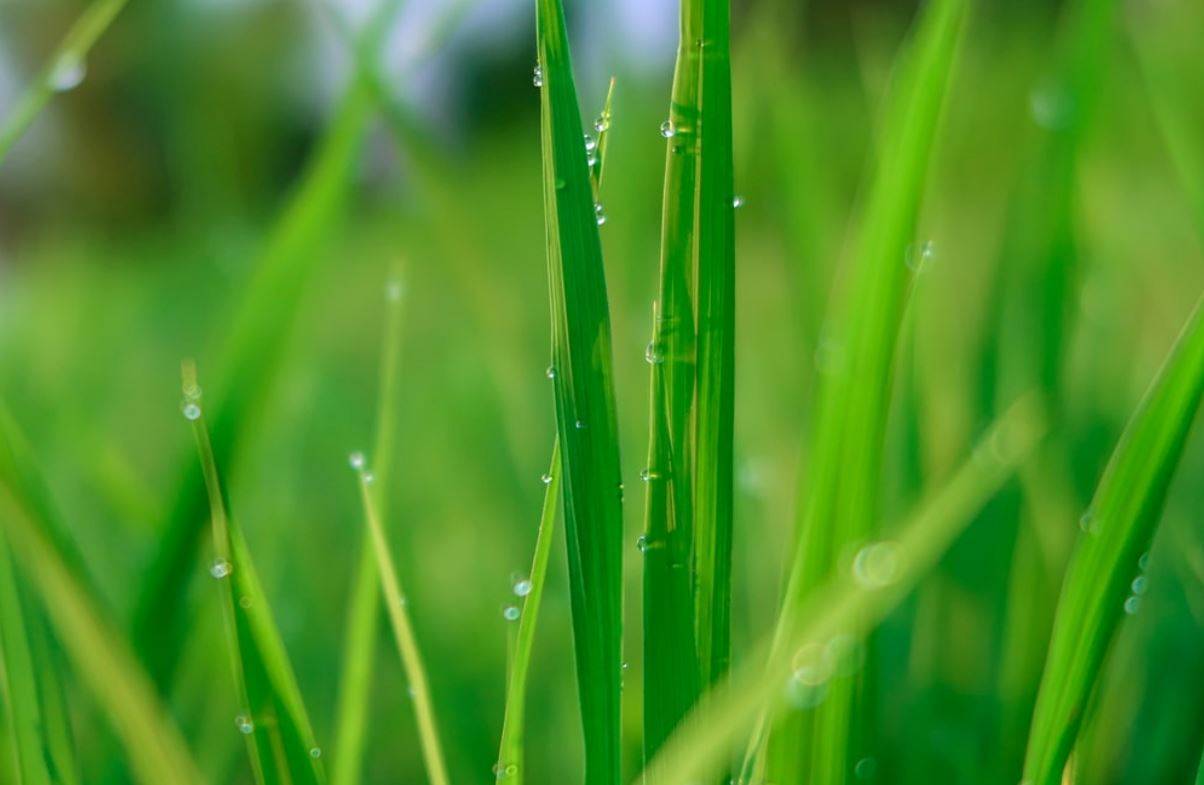
Our mowers cut the grass on a regular basis, and cows and sheep graze on it, but it grows back. The shape of its leaves is part of the secret to its remarkable regenerative powers, but how that shape emerges has long been a source of debate.
Because wheat, rice, and maize are members of the grass family and have the same type of leaf, the debate is relevant to our staple crops.
Research Findings:
A John Innes Centre team, in collaboration with Cornell University, the University of California, Berkley, and the University of Edinburgh, has now solved the mystery of grass leaf formation using cutting-edge computational modeling and developmental genetic techniques.
Professor Enrico Coen, one of the corresponding authors, said of the findings published in Science: “The grass leaf has been a source of consternation. By developing and testing various models for its evolution and development, we've demonstrated that current theories are likely incorrect and that a discarded idea proposed in the nineteenth century is much closer to the mark.”
Flowering plants are classified as monocots or eudicots. Monocots, which include the grass family, have leaves that encircle the stem at the base and have parallel veins all the way around. Eudicots, which include brassicas, legumes, and the majority of garden shrubs and trees, have leaves that are held away from the stem by stalks known as petioles and have broad laminas with net-like veins.
The sheath is a tube-like structure formed by the base of the leaf in grasses. It allows the plant to grow taller while keeping its growing tip close to the ground, protecting it from lawnmower blades or herbivore incisors.
Botanists proposed in the 19th century that the grass sheath was equivalent to the petiole of eudicot leaves. However, in the 20th century, plant anatomists discovered that petioles have parallel veins, similar to grass leaves, and concluded that the entire grass leaf (except for a tiny region at the tip) was derived from the petiole.
The team revisited the problem of grass development using recent advances in computational modeling and developmental genetics. They tested the predictions of each model against experimental results by modeling different hypotheses for how grass leaves grow.
Surprisingly, they discovered that the model based on the 19th-century idea of sheath-petiole equivalence received far more support than the current view.
The grass study demonstrates how simple changes in growth rules, based on a common pattern of gene activities, can generate a remarkable diversity of different leaf shapes, without which our gardens and dining tables would be significantly poorer.
(Source: John Innes Centre)
















